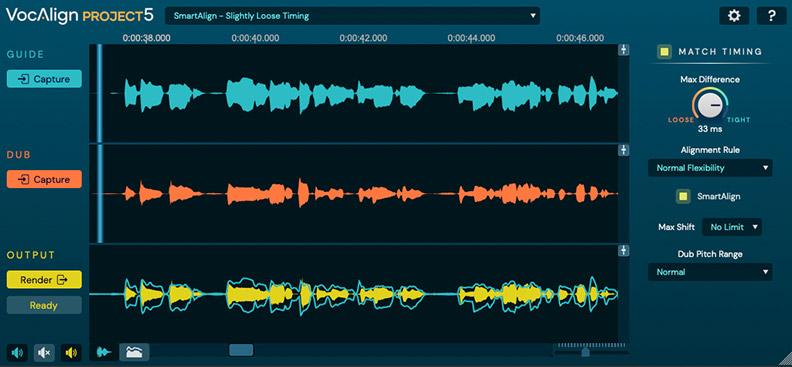

Then, lower the pitch on the duplicate or the new track using your DAW’s built-in pitch function or per-track transpose. To do that, first, make a duplicate of the vocal track or copy and paste the vocal parts to a new track. This method gives you a pitch change that remains the same over time. A quick fix to a problem of this kind is to add a pitch-drop to one of the repeated phrases. If there is little or no vocal variation between the reiterated phrases in the original recording, they might end up sounding too repetitive or redundant. Pitch shifting is a great vocal effect for when you want to highlight certain words or introduce variation where it did not exist at first.įor instance, rap lyrics often repeat the same line two or more times back to back. Another option is to place the microphone slightly off-axis. Pro Tip: You can also reduce some of the harsh sibilants in the recording phase by using a dynamic microphone. It is also very easy to use: simply insert the plugin on the track and enter your desired range and threshold.Īlternatively, check out DeEsser or Renaissance DeEsser, which are two other great plugins developed by Waves for optimal cleaning up of problem frequencies.


Sibilance works great on both vocals and voice-overs. That gives you smoother and brighter vocals while maintaining the timbre, duration, and natural resonance of the original track. As a result, Sibilance is able to detect and eliminate harsh sibilants without tampering with the rest of the vocal signal. This plugin features Waves’ pioneering Organic ReSynthesis technology and advanced spectral filters. One of the best de-essers currently on the market is Sibilance by Waves. If you start hearing a lisp, that is a clear sign that you have gone a touch too far. However, make sure not to go overboard with the de-esser. That way, you can quickly and easily identify any problematic frequencies and turn them down. Most de-essers come with a “Listen” mode that allows them to automatically detect the sibilant frequency range. Alternatively, insert the de-esser toward the very end of the plugin chain. Simply place the de-esser after whatever equalizer you are using. To do that, you need a vocal de-esser plugin. Luckily, there is a way to get rid of the unwanted hissing sounds, which are also known as sibilants. The explanation is quite simple: the typical hip-hop track has much longer and less repetitive lyrics than, say, a pop song. What’s more, these sounds are much more common in rap than in most other music genres. And that’s perfectly okay until you hear one of those harsh, ear-piercing “s,” “sh,” or “z” sounds that are part and parcel of fast speech. Rap vocals can - and even should be - punchy and aggressive. The Parting Words: Practice, Practice, Practice.
#Vocalign pro 4 no signal found in the guide track how to
If you would like to learn more about how to work with each of the sound effects above, keep reading. The good news is that with some dedication and hard work, it can be learned and mastered - just like any other part of music. Using vocal effects in rap is both a science and an art. If you are actually looking to buy vocal effect plugins, we have a whole article talking about the best wave plugins for rappers too 🙂 Other powerful tools for improving rap vocals include stutter and reverse effect, vocal delay throws, saturation, submixes, and distortion. Some of the best vocal effects for rappers are de-essing, pitch shifting, time alignment, and parallel processing.

Fortunately, modern technology has come up with quite a few vocal effects for rappers that can help you get the vocals just right. The vocals can be especially tricky: when working with a number of separate multi-track files, achieving the perfect sound takes a lot of time, experience, and effort. If you have ever tried your hand at mixing rap and hip-hop, chances are you know that it is challenging, to say the least.


 0 kommentar(er)
0 kommentar(er)
